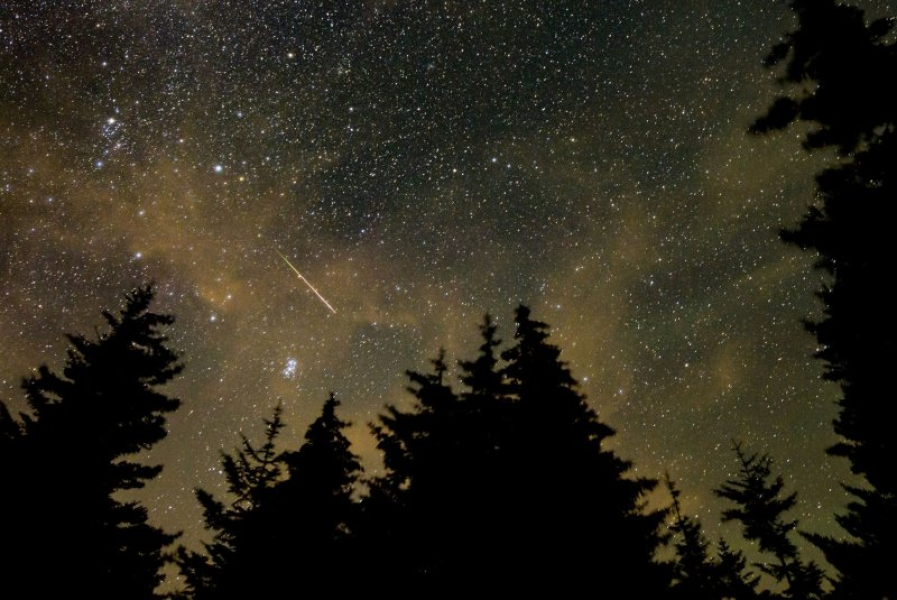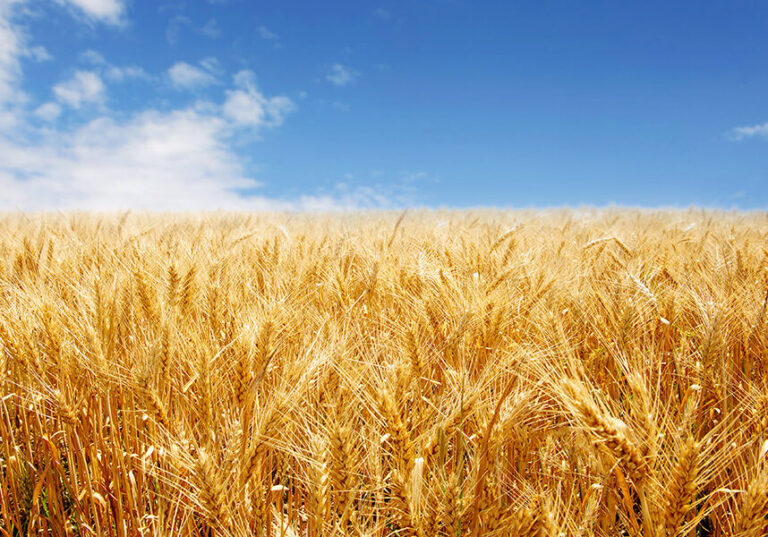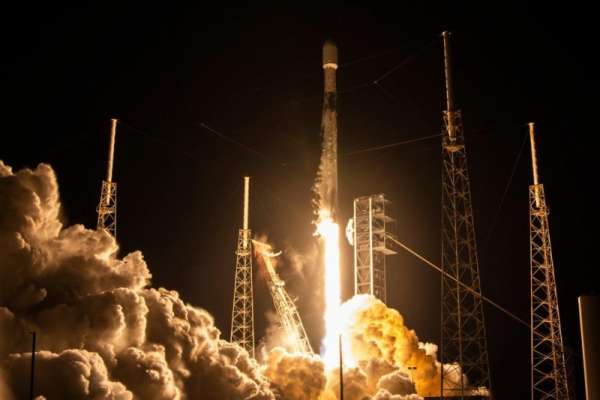
Meteor showers are considered to be some of the most spectacular astronomical events. From the Lyrid meteor shower in late April to the spectacular Geminids in December, these celestial events offer the spectacle of shooting stars and bright fireballs across the night sky.
Whether you’re an avid astronomer or just looking for fun under the stars, meteor showers offer a great opportunity to connect with the cosmos and enjoy your own natural light show. Here’s a list of meteor showers to mark on your calendar through the end of 2025:
Lyrid Meteor Shower: April 21-22
The Lyrids in late April are a classic meteor shower that offers 15 to 20 shooting stars per hour on peak nights, and are especially exciting for skywatchers because they are the first meteor shower to appear after three months of anticipation. They also coincide with Earth Day, making them a great natural light show for those looking to celebrate the day dedicated to nature and its beauty.
Eta Aquarids Meteor Shower: May 4-5
Halley's Comet is a famous celestial object, and although it won't return to the inner solar system until 2061, the annual Eta Aquarid meteor shower is another way to enjoy its beauty. Debris left behind by the comet causes a barrage of shooting stars on the night of May 4-5, reaching about 30 meteors per hour across North America.
A couple of light summer showers: July 29-30
Summer nights are ideal for stargazing, but there aren't many meteor showers this time of year. However, in late July, two meteor showers — the Alpha Capricornids and the Southern Delta Aquarids — will overlap, producing about 10-15 meteors per hour on the night of July 29-30.
Perseid Meteor Shower: August 12-13.
Often called the best meteor shower of the year, the Perseids offer the perfect combination of warm weather and plenty of shooting stars. Under favorable conditions, it can boast up to 100 meteors per hour in mid-August, peaking around August 12-13.
However, 2025 will not be the optimal year for this event, as a nearly full moon will shine brightly on the same night as the Perseids. However, observers will still be able to see some meteors by focusing on dark areas of the sky when the bright moon is out of view.
Orionid Meteor Shower: October 22-23.
The October Orionids are the second meteor shower from Halley's Comet, peaking on the night of October 22-23. It typically produces 15 to 20 meteors per hour, making it slightly less active than the Eta Aquarids. As a bonus, it's named after the famous constellation Orion, which begins appearing in the fall after being absent from the night sky during the summer.
Taurid Meteor Shower: Early November
Fall is sometimes called meteor shower season in North America, as there are more meteor showers at this time of year than at any other time, including the Northern Taurids and Southern Taurids. These two showers are unique in that they have long, drawn-out peaks that span the first week or two of November. The downside is that they only combine for 5-10 meteors per hour. But what they lack in quantity, they make up for in quality, as they often offer fireballs—incredibly bright meteors that can light up the entire night sky for a few seconds.
|
Leonid Meteor Shower: November 16-17 |
The Leonids are a typical meteor shower that can be seen almost every year, along with others like the Lyrids and Orionids, with about 15 shooting stars per hour. It will occur again in 2025, but history has shown that it has the potential for incredible meteor madness.
| In 1966, thousands of meteors per minute flashed across the night sky during one of the rare Leonid meteor storms. These amazing events have occurred less than a dozen times since the early 19th century, most recently in 2002. |
Geminid Meteor Shower: December 12-13.
The Geminid meteor shower in December is one of the best of the year with 100-150 m
Sourse: www.upi.com





